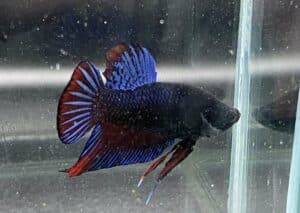The bristlenose pleco (Ancistrus cirrhosus) is a typical easy-going freshwater fish. This nocturnal species prefers shallow waters with driftwood and plants where it can seek refuge.
Plecos are becoming more and more popular for their easy care and maintenance. Now, you might be wondering: how many bristlenose plecos can I put in a 30-gallon tank?
The short answer: one.
Yet, there’s so much to learn about these amazing creatures. So, if you’re interested in plecos, you’ve come to the right place.
Here’s How Many Bristlenose Plecos You Can Put in a 30-Gallon Tank
Bristlenose plecos are known to produce a ton of waste output. This is why many aquarists prefer to put only one pleco for every 30 gallons.
If you have more than and would like to place them together, experts recommend you add 10 gallons for each additional pleco.
While plecos are typically docile and peace-loving, they can get a bit hostile and territorial. So, it’s best not to keep other fish with them, especially if the tank is small.
Between their massive bio-load output and their aggressive behavior, other fish may not stand a chance.
Read: How Many Fish Can I Add At Once?
How Many Gallons Do Bristlenose Plecos Need
As mentioned above, 30 gallons is ideal for one pleco. Though if they’re still juveniles, you can get away with keeping one in a 20-gallon tank.
Now, it’s time to learn a bit more about what makes these freshwater fish unique.
Appearance
Belonging to the catfish family, plecos can be brown, gray, or green and covered with pale-colored spots.
These neutral tones help them blend in with their environment. They can be good at camouflaging themselves to the point of becoming almost invisible.
There are also plecos in less common colors that include orange, white, and red.
Their bodies are slightly flat and elongated. They have two pectoral and two ventral fins and a relatively long tail fin.
Their head is their most prominent feature, mainly because it’s where their tentacles protrude from.
The males have more prominent tentacles, which are usually spiked. The females’ are more bristle-like in nature and lack the spikes.
Size
Full-grown plecos can grow up to five inches long in the tank. Alternatively, those in the wild can reach up to eight inches in length.
It’s worth noting that females are typically larger with a rounder appearance than males.
Lifespan
Some bristlenose plecos have been known to live up to 10 years, sometimes longer.
With the proper care and management, the average lifespan of an aquarium pleco is five years, if not more.
Related Read: Do Plecos Sleep? Do They Play Dead?
How Many Bristlenose Plecos Should Be Kept Together?
Bristlenose plecos make the perfect tank fish for beginner or inexperienced aquarists. They’re laid-back and relatively easy to care for.
Despite being typically solitary fish, plecos do enjoy the company of other plecos. Just make sure there’s enough space for all of them to swim around comfortably.
Remember to add 10 gallons per extra pleco. Here are some other tank requirements to keep in mind to make sure your plecos are happy.
Tank Decor
Bristlenose plecos are nocturnal. So, they need objects to hide behind during the day. Two examples that make nice additions to the tank are caves and large rocks.
Plants are also a good idea. The best types would be hardy, fast-growing, and strong enough to remain rooted in the substrate when plecos are out foraging for food.
They also prefer natural wood, especially bogwood.
Take a look at some other types of wood you can add to your tank to make your pleco happy:
- Redmoor Root Wood
- Jangle Wood
- Manzanita
- Marsh Root
- Cholla Wood
Filtration System
Plecos produce such a massive amount of bio-load, which makes the need for a hard-wearing filtration system that much more vital.
Plus, these hardy creatures are used to high-current waters. So, they rely on good filtration and oxygenation to stay healthy.
Even if you only have one pleco, having a reliable filtration system is a must. It’s a great way to ensure the tank water is clean and has optimal oxygen levels.
Pick a high-powered filter, preferably with an oxygen intake hose.
The filter will create the water flow plecos love. In addition, the oxygen hose will guarantee that the water has just the right amount of oxygen levels needed for the plecos to thrive.
Regular Feeding
Bristlenose plecos are mainly herbivores. They love foraging for algae.
Yet, it’s doubtful that the tank will contain the vast amounts of algae needed to sustain their consistent food supply. So, it helps to supplement their diet with a range of foods each day to help maintain their health and development.
One way to ensure they’re getting the nutrients they need is to keep an eye on their color patterns. Plecos are notable for their striking coloration. So, if you notice they’re becoming a bit muted or dull-colored, it could mean they’re not getting the balanced diet they need for optimal health.
Feed each pleco about 1 – 2 pieces of wafers or a small slice of vegetables once a day.
Then, make sure you remove food remnants as quickly as possible. It prevents waste pile-up, which leads to unsuitable water conditions. Plus, it stops the fish from overeating and getting sick.
Remember, plecos like to graze on the substrate. So, pick food types that can sink to the bottom of the tank, such as:
- Algae wafers
- Bloodworms
- Fish flakes
- Blanched vegetables, like spinach, peas, carrots, lettuce, and zucchini
- Spirulina wafers
Typical Behavior
Some male bristlenose plecos can be peaceful together, friendly even. They usually enjoy swimming along the bottom of the tank.
Another favorite pastime is hiding behind plants or in pieces of driftwood.
You’ll notice that they become more active at night. Yet, their night-time activities aren’t that much different from their morning routine. You’ll still find them burrowing in the substrate.
The one thing they do more at night is grazing for food. They enjoy nibbling on algae growths for hours on end.
Tank Requirements Water Conditions
The good news is that bristlenose plecos are quite hardy. They do well in a wide array of water conditions.
Nevertheless, to maximize their lifespan and ensure they’re in good health, focus on the following:
- pH levels: between 6.5 and 7.5
- Hardiness: between 20 and 25 general hardness (GH)
- Temperature: can vary between 60℉ and 80℉
- Water hardness: should range between 6 to 10 carbonate hardness (KH)
Tank Mates to Avoid
I mentioned that plecos are generally calm and easy-going. Yet, that’s not the case with the entire population.
Some can get pretty aggressive toward one another as well as towards other smaller, fin-nipping fish, like corydoras. In some cases, the plecos can even attack their unsuspecting tank mates without rhyme or reason, almost killing them.
Here’s a list of some fish that don’t get along with plecos:
- Guppies
- Goldfish
- Gouramis
- Mollies
- Neon tetras
- Platy fish
Check Out: Will Plecos Eat Fry?
A Final Note
Whether you’re a newbie to the world of freshwater aquariums or a seasoned pro, this ultimate guide on bristlenose plecos is sure to come in handy.
You now know everything you need to keep these docile fish happy and healthy, from what they eat to how many bristlenose plecos you can keep in a 30-gallon tank.
Understanding their quirks makes taking care of these unique creatures much more fun. They pretty much keep to themselves and like to mind their own business. Though, once they pop out from their hiding spots, they’re such a joy to watch!
Hi! I’m Praveen Ghoshal, the founder of eFishkeeping.com. Inspired by my Dad, I got interested in fishkeeping when I was a kid. Since then, I have been involved with this hobby. Currently, I have 3 fish tanks at our home, and I enjoy this hobby with my full family. Read more about me here.

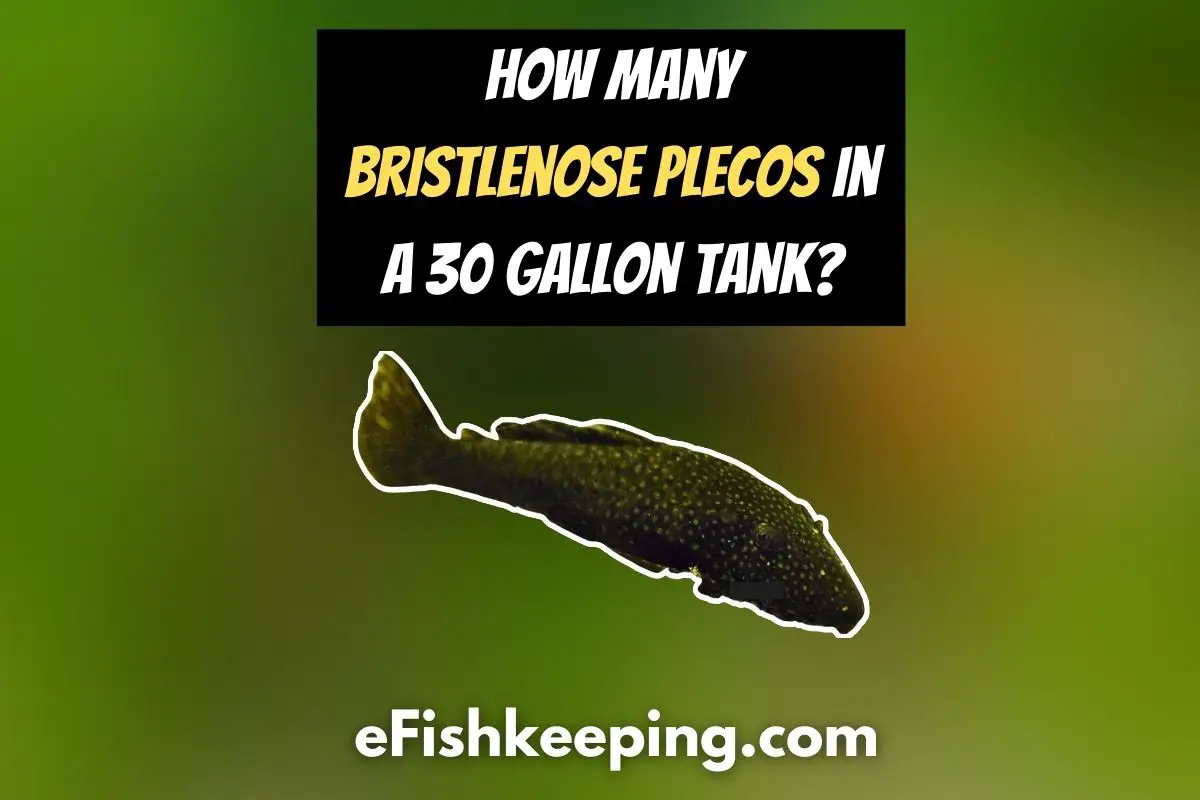

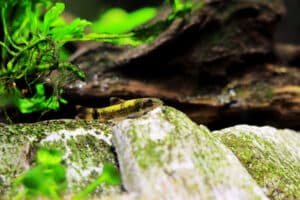
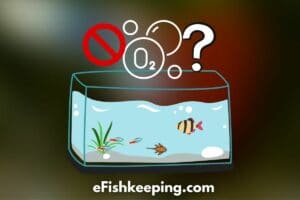
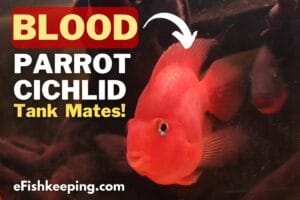
![Do Neon Tetras Die Easily? [Here’s The Truth!] do-neon-tetras-die-easily](https://efishkeeping.com/wp-content/uploads/2023/03/do-neon-tetras-die-easily-300x200.jpg)
